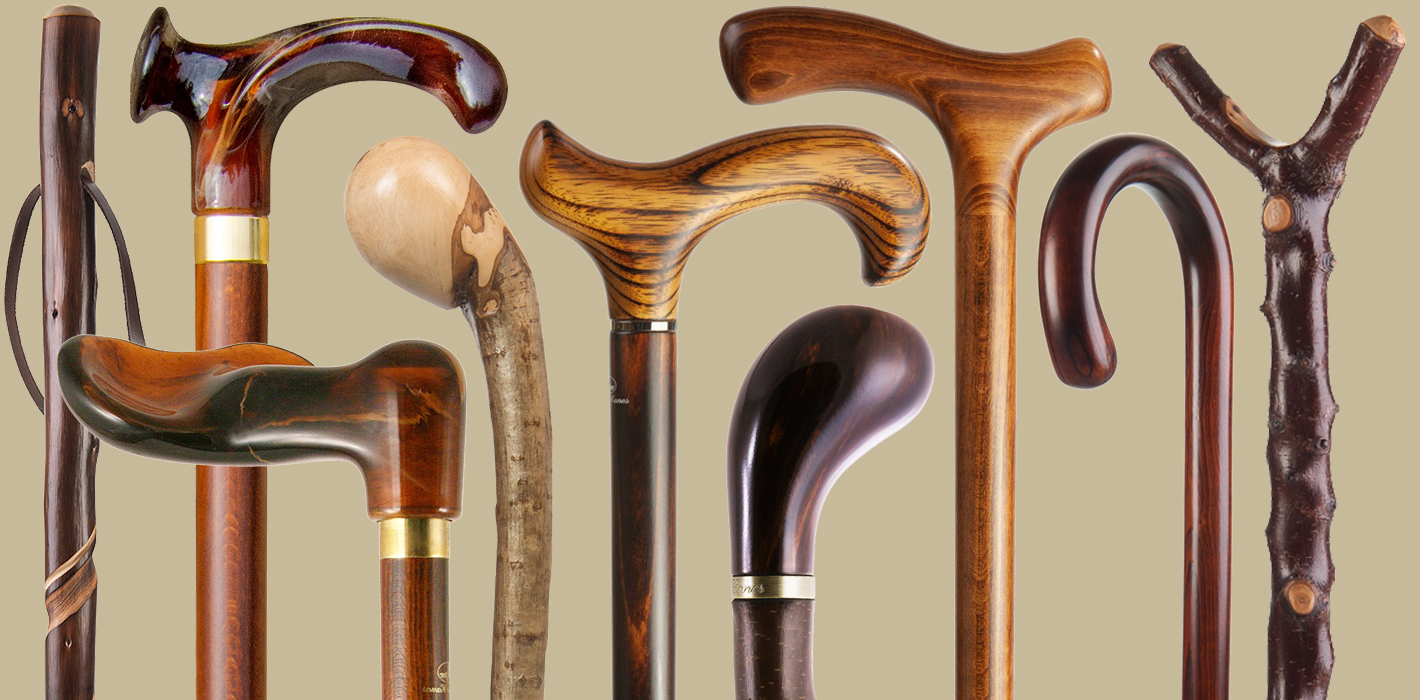
Introduction
Walking canes have been used for centuries as a supportive aid for individuals with mobility issues. From assisting with balance to reducing the strain on joints, these canes come in various designs to cater to different needs. In this article, we will explore the different types of walking canes, from classic wooden canes to ergonomic designs, highlighting their features, benefits, and the factors to consider when choosing the right one for you.
Classic Wooden Canes
Wooden walking canes are the epitome of elegance and tradition. Crafted from sturdy and durable materials such as oak, cherry, or maple, these canes exude a timeless appeal. With their smooth finishes and detailed carvings, they are not only functional but also aesthetically pleasing. Classic wooden canes often come with a curved handle, providing a comfortable grip and enhancing stability. Due to their natural properties, wooden canes are relatively lightweight, making them easy to maneuver and carry around. These canes are suitable for individuals who require minimal support and appreciate the vintage charm that comes with a wooden cane.
Adjustable Canes
As the name suggests, adjustable canes offer the flexibility to modify their length according to the user’s height and comfort. They are ideal for individuals who may require occasional adjustments due to fluctuating mobility needs or for those who share the cane among multiple users. Adjustable canes typically feature a telescopic mechanism, allowing the cane to be extended or retracted to the desired length. This feature ensures that the user maintains an appropriate posture and avoids unnecessary strain on their arms and back. Additionally, these canes often have an adjustable handle height, accommodating users with different hand sizes and reducing the risk of discomfort during prolonged use.
Folding Canes
Folding canes are designed for convenience and portability. They are suitable for individuals who may need occasional support or travel frequently. These canes typically consist of several sections that fold into a compact size when not in use. The collapsible nature of folding canes allows them to be easily stored in a bag or suitcase, making them an excellent choice for individuals on the go. Despite their folding mechanism, these canes are designed to provide stability and support when extended. Folding canes often come with a built-in locking mechanism to ensure that the cane remains securely extended during use, minimizing the risk of accidents or injuries.
Quad Canes
Quad canes, also known as quadripods or four-legged canes, are specifically designed to provide maximum stability and support. Unlike traditional single-pointed canes, quad canes have a broad base with four prongs at the bottom. This design allows for increased balance and weight distribution, making quad canes suitable for individuals with more significant mobility challenges or those recovering from surgeries. Quad canes are particularly beneficial on uneven surfaces or in situations where extra support is required, such as climbing stairs. However, due to their wider footprint, quad canes may be less maneuverable in tight spaces compared to other cane types.
Ergonomic Canes
Ergonomic canes are engineered for optimal comfort and reduced strain on the user’s hands and joints. These canes feature handles that are anatomically shaped to fit the natural contours of the hand, providing a more secure and comfortable grip. Ergonomic canes may have additional features such as cushioned handles, padded wrist straps, or shock-absorbing mechanisms to minimize impact while walking. These canes are designed to distribute the user’s weight evenly, helping to alleviate pressure on joints and promote better posture. Ergonomic canes are especially suitable for individuals with arthritis, carpal tunnel syndrome, or any condition that causes hand and wrist discomfort.
Conclusion
Walking canes come in various types to cater to different needs. Classic wooden canes offer a timeless and elegant appeal, while adjustable canes provide flexibility in length and handle height. Folding canes are convenient for travel, while quad canes offer maximum stability with their four-pronged base. Ergonomic canes prioritize comfort and reduce strain on hands and joints. When choosing a walking cane, consider factors like mobility requirements, height and weight, handle type, material, and terrain. By understanding the different types and evaluating your needs, you can find the right cane to enhance your mobility and independence.

